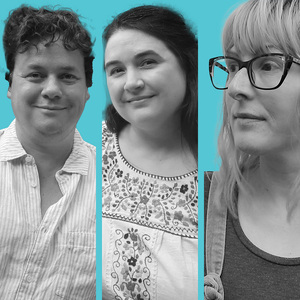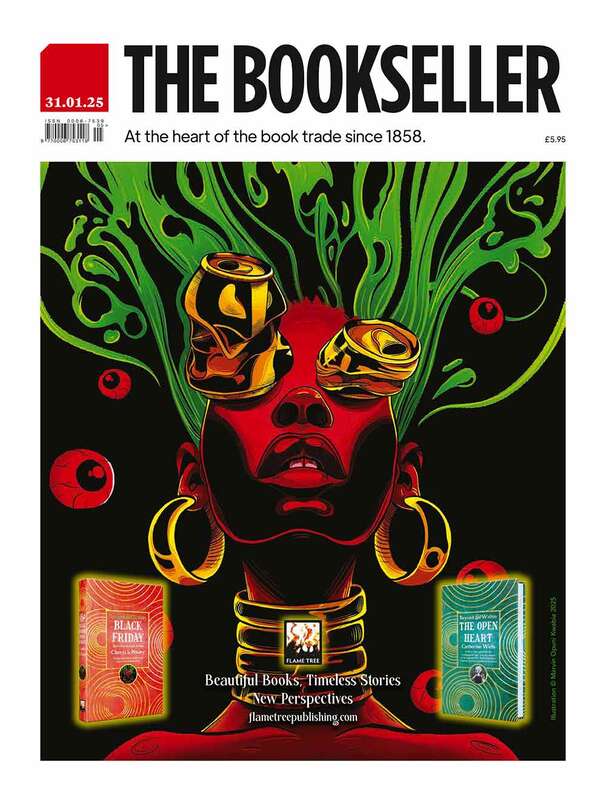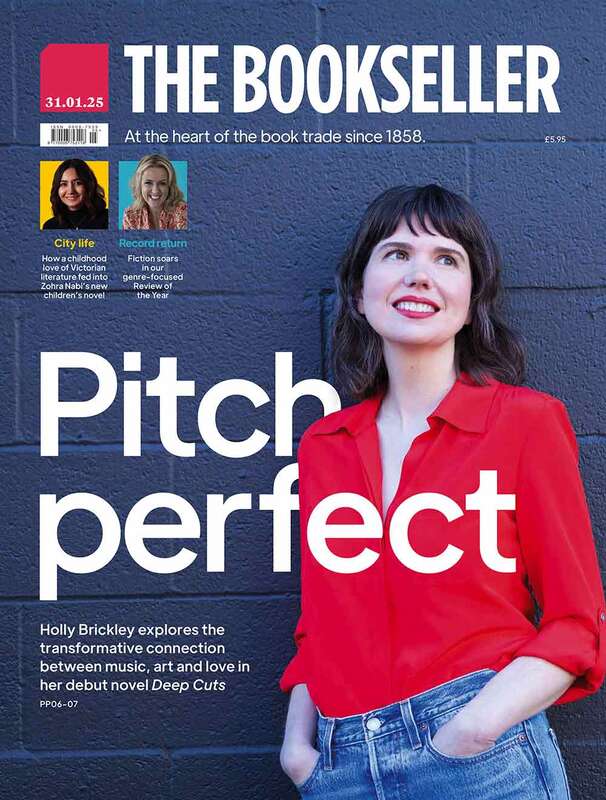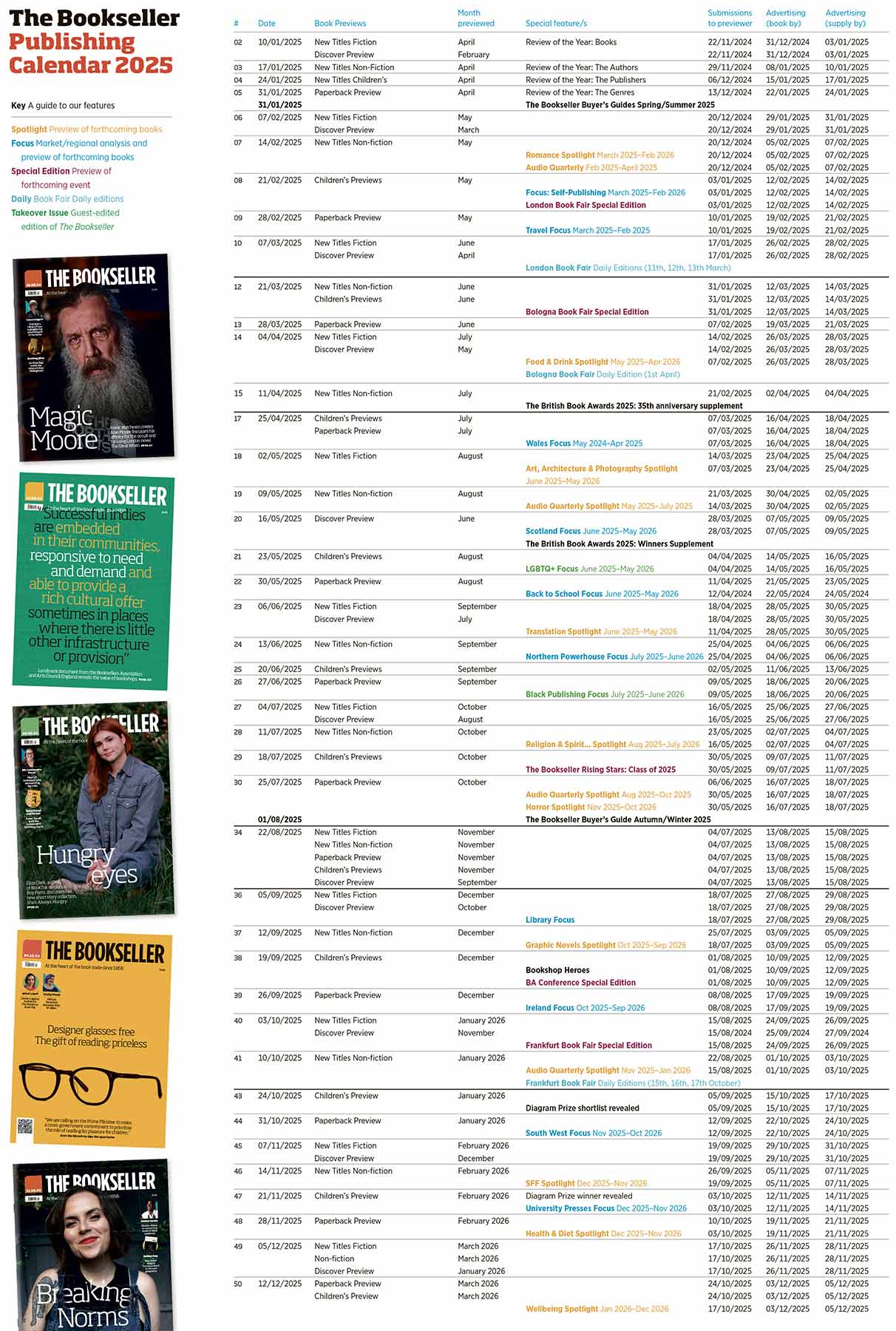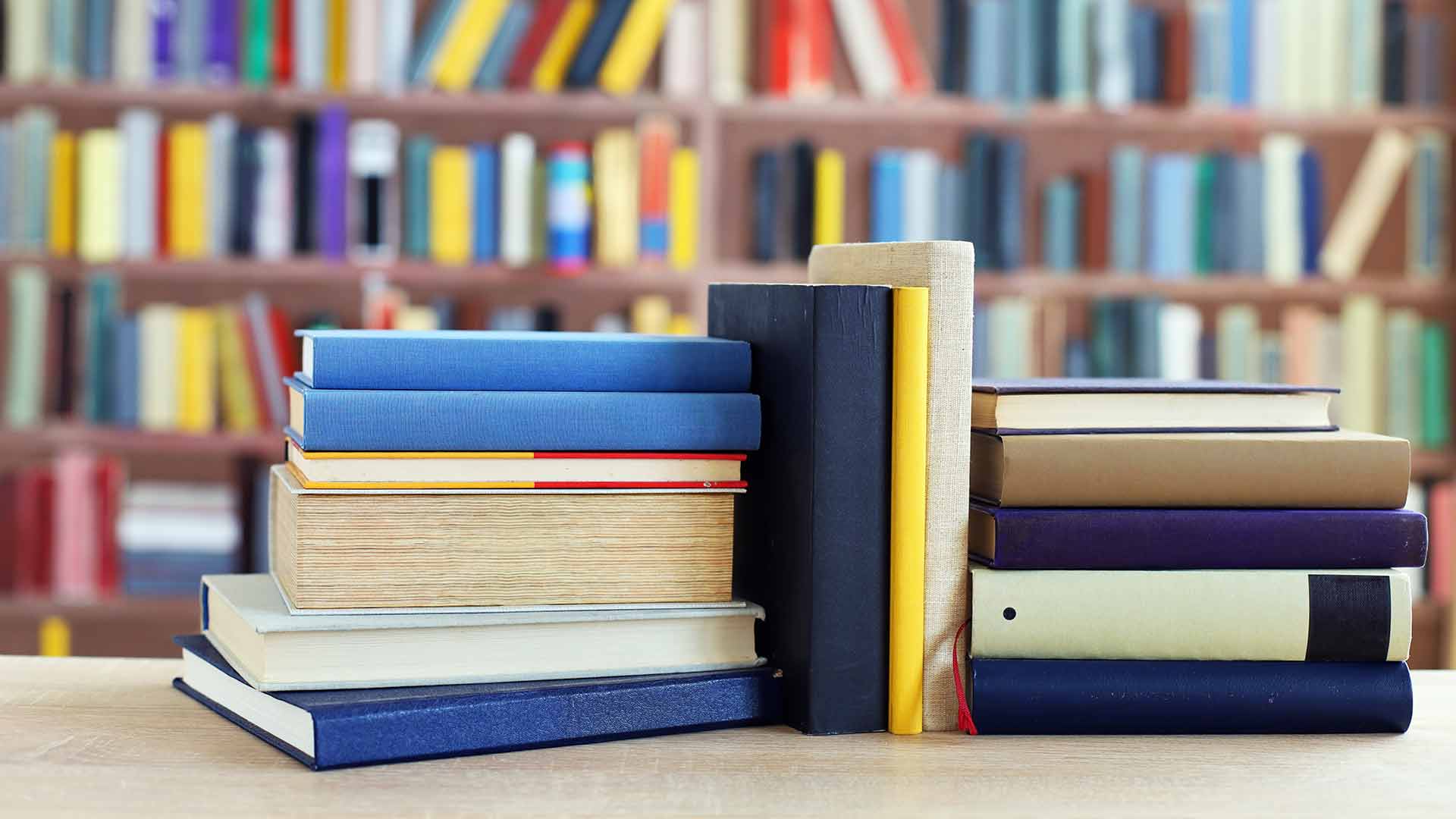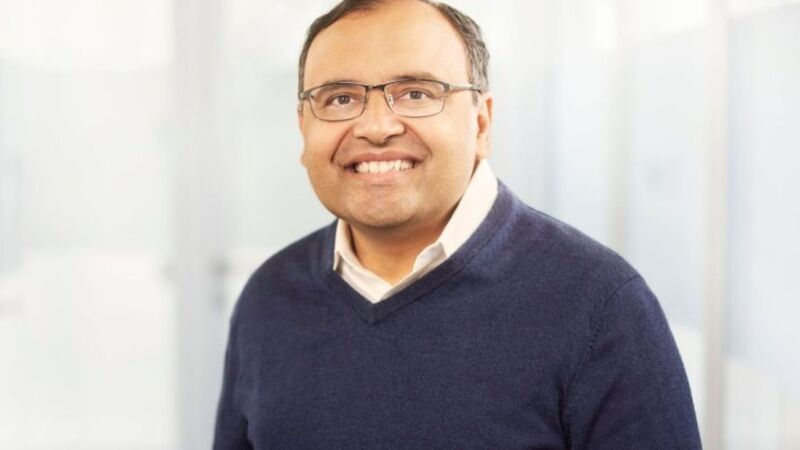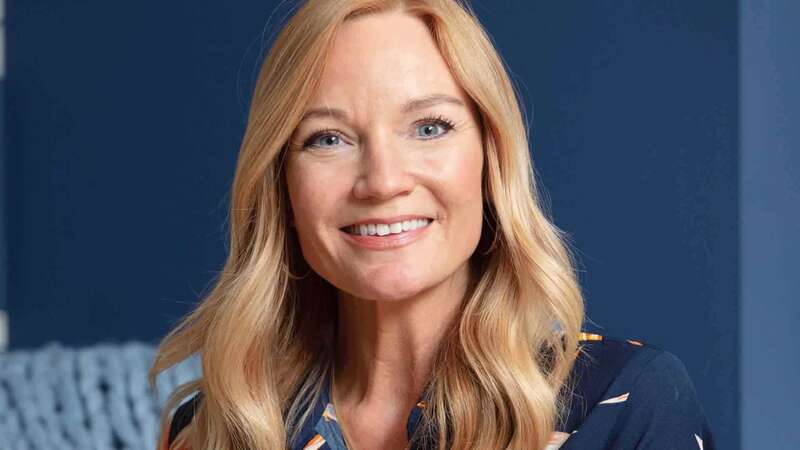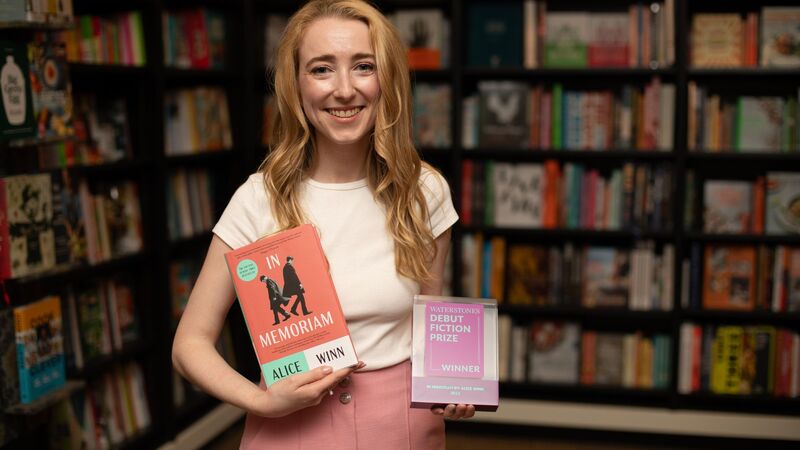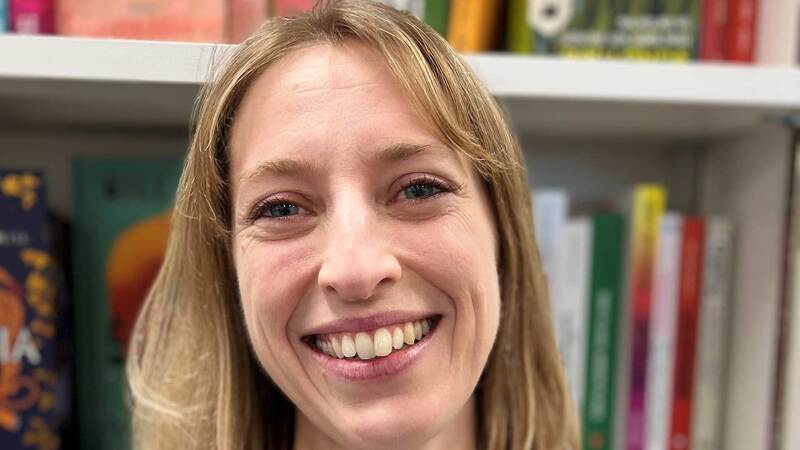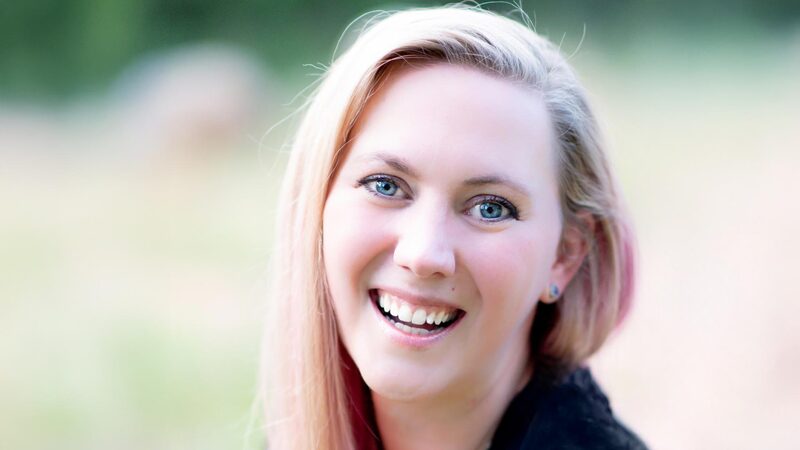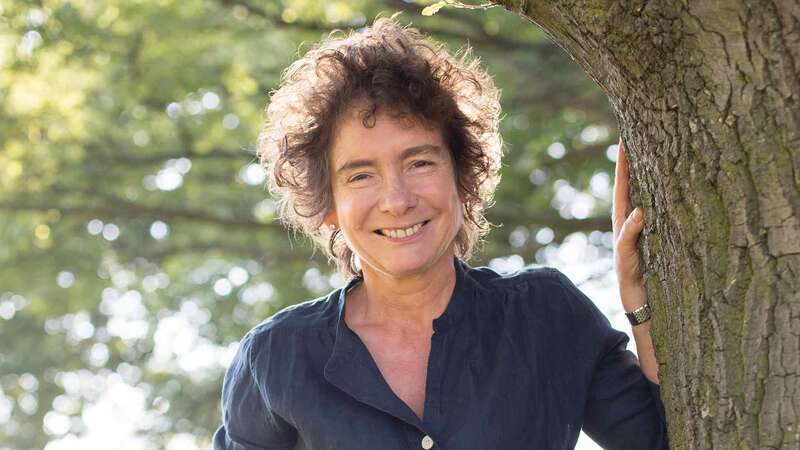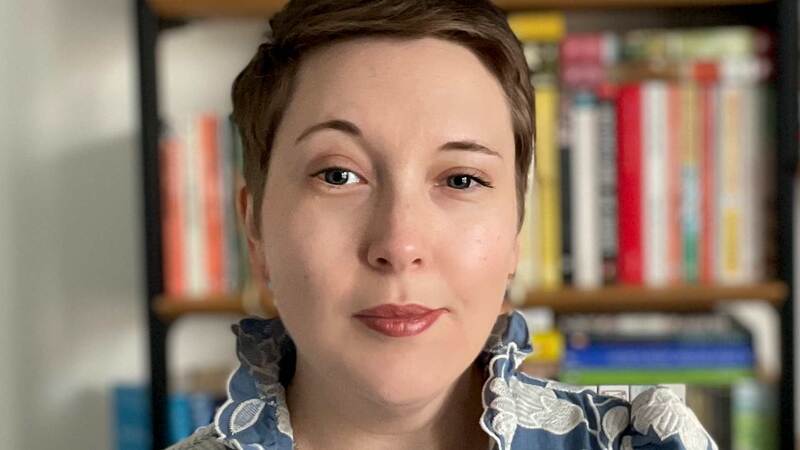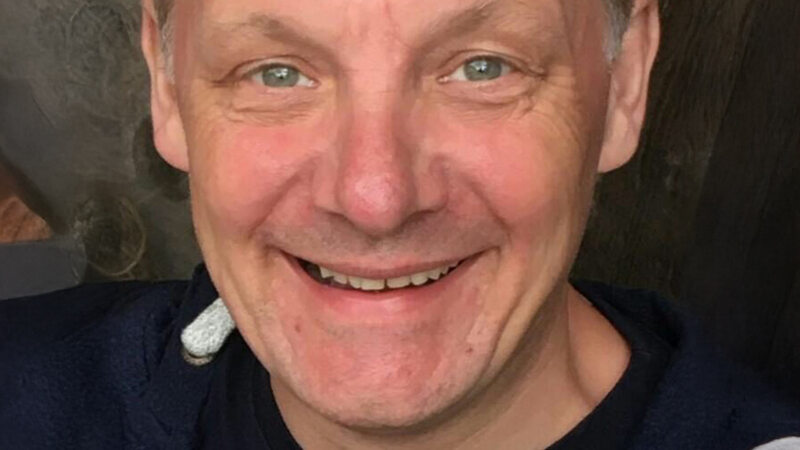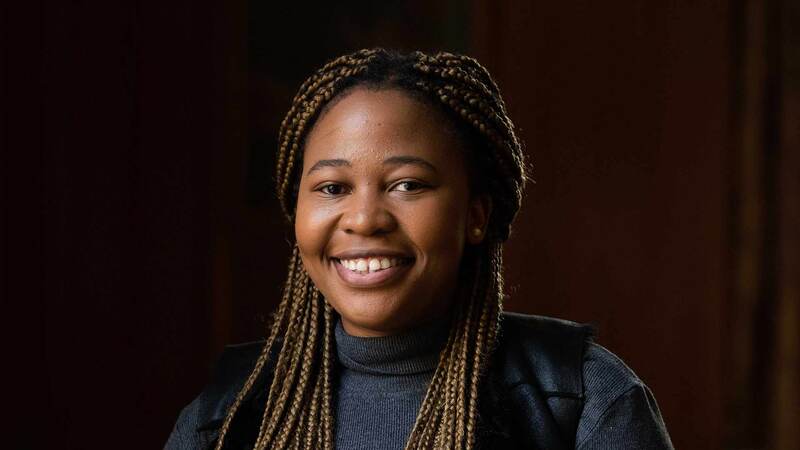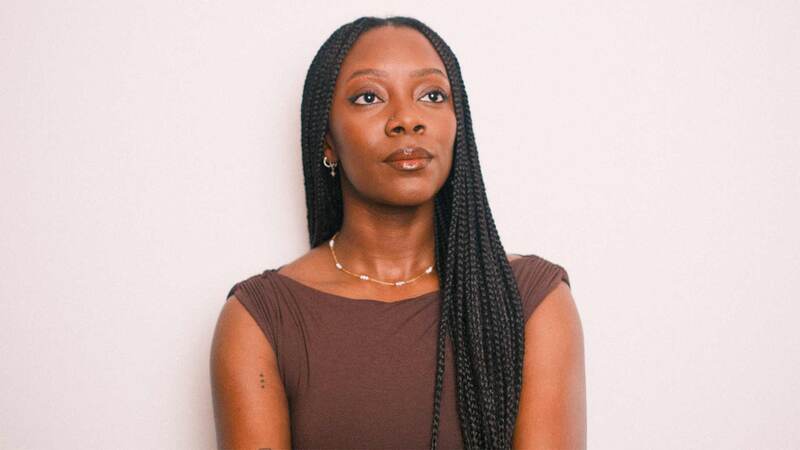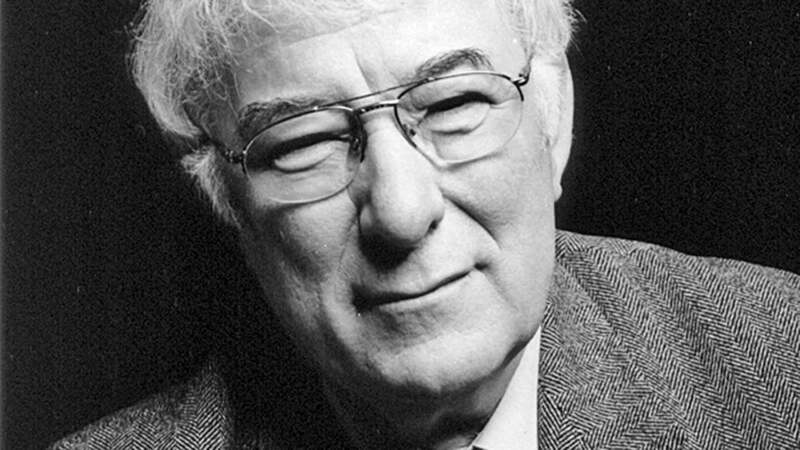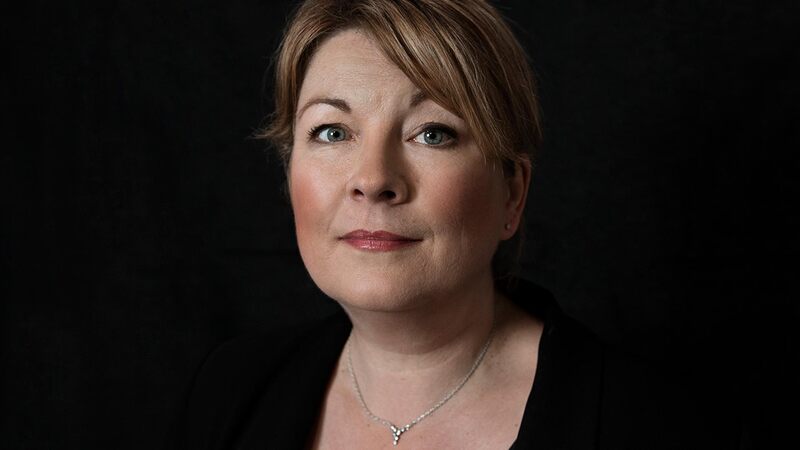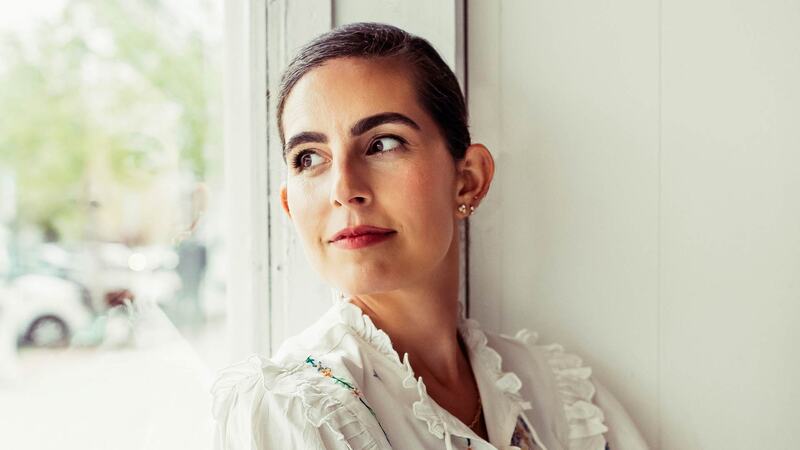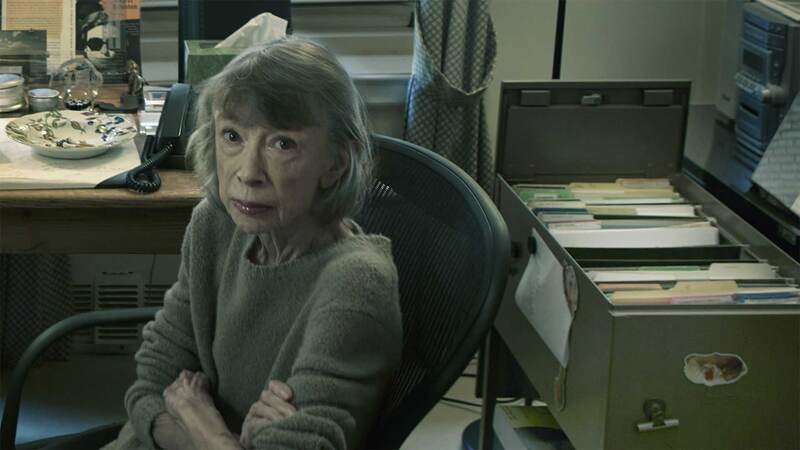You are viewing your 1 free article this month. Login to read more articles.
Insider knowledge
Could we have curated this anthology if we weren’t disabled? No. Here’s why.
Owning It was born out of a conversation between us, three disabled writers – James and Lucy Catchpole, agents and authors, and Jen Campbell, author and book reviewer. Back in that strange, pandemic spring of 2021, Jen hosted the online book launch for James’s book What Happened to You?, and the three of us got to talking. Disability is often such a private thing. When we get to have those rare and precious conversations, there can be such a buzz: so much laughter and shared understanding.
Growing up with a disability can be more than a private thing – it can be truly isolating. Who is there to show us how it’s done? Our parents may have been supportive, but they didn’t share our disabilities, so of course we had to work it all out for ourselves. We really could have done with a book… That’s what we agreed. A book of true stories from the generation of disabled people who preceded us, to tell us what to expect from the world and from ourselves. We didn’t have that book, but we could create it for the current generation of disabled children. So, that became our mission.
Here’s a question we haven’t stopped to ask, until now. Why didn’t this book exist before?
Why didn’t it exist in the ’80s, or ’90s, or even in the ’00s and ’10s? Now that it’s all written, edited, designed and illustrated, we may have an answer. It’s about who gets to call the shots.
We don’t think there’s any chance this book could have been made if we, its curators, hadn’t ourselves been disabled and hadn’t been given the degree of editorial freedom and control that we have been by our publisher.
Alright, a quick caveat. There’s also a wider context that made the time ripe. All three of us are plugged into the disabled community online. We knew writers and we knew activists who could write and we felt confident, as children’s authors, that we could help those contributors find a voice that would speak to children. And the sheer breadth of that online community meant we could find writers with a phenomenally varied range of disabilities and backgrounds, from around the world. That might not have been so easy, 10 or 20 years ago.
But it’s not just about technology, or about the internet and social media. It’s about society, too — about how society has changed and how publishing is changing in its wake.
Could a non-disabled editor who isn’t versed in disability politics, in the particular cliches of its narratives and in the dangers of internalised ableism, really edit all these stories with the rigour they deserve?
As we’ve said, disability can be a private thing. It’s also misrepresented and misunderstood — often unconsciously. But sometimes deliberately and for profit. As a society, the stories we tell about disability tend to be quite fixed. So it can be hard for a non-disabled editor to win the trust of a good disabled writer to the extent that they’ll be prepared to write about their private, formative childhood memories. Will those editors ever-so-politely request certain details be removed to make the work more palatable for non-disabled readers? How might their words be tweaked as part of the editorial process and with what implications? And how can disabled writers be confident that their work won’t then be distorted in the process of illustration and marketing? Will the messy reality of their stories be allowed to stand, when the familiar narrative of disability, that heady brew of tragedy, pity and overcoming, still sells so many books?
And then, could a non-disabled editor who isn’t versed in disability politics, in the cliches of its narratives and in the dangers of internalised ableism, really edit all these stories with the rigour they deserve? We feel that too much writing by marginalised authors simply isn’t edited to the same standards as writing from the mainstream. This could be because it’s viewed as trend publishing, to be rushed out to catch a political wave. But it may also be that well-intentioned editors who don’t share the identities of those marginalised authors cannot help but fear to tread – and tread too softly as a result. We’ve delighted in putting these essays through the editorial wringer and our contributors have (for the most part) appreciated the process.
That may also be because we’ve been able to create this anthology in crip time. Publishing schedules can be insistent, but compared to industry norms we’ve been under no pressure to rush and with one or two exceptions have not had to rush our contributors. We’ve had time to consider access needs and disclose our own. We’ve had time to consider accessibility of text. Even then, with crip time and access needs, not everyone who intended to contribute has been able to. That’s in the nature of disability and chronic illness. So, it’s been crucial, with hindsight, that we were afforded the space to be flexible and come up with new solutions.
Finally, it comes down to trust. Our publisher put their trust in us to get on with it and make the best book we could. We’ve chosen our contributors and asked them to trust us with the most formative memories of their childhoods and they have done. We’ve asked them how they wish to be represented in illustration and they’ve sent us old photographs, trusting that our illustrator, the brilliant Sophie Kamlish, wouldn’t belittle or distort them but will ennoble them. And we’ve trusted, all along, in the idea that came out of our first conversation: that disabled children deserve a whole world of disabled stories – and the world does, too.
